By Neeraj Mashru
When it comes to immigration, Mexico is unique. Not just a source of immigration, it is also a transit country for those trying to reach the US from Central America and sometimes even a destination in itself. Every year, hundreds of thousands cross the border into Mexico. Most of them are from Honduras and San Salvador, fleeing violence, poverty, organised crime and government oppression. They travel north to seek refuge and opportunities, along a route filled with countless dangers: through Guatemala and its corrupt police, up through Mexico riding on top of the dangerous train they call ‘La Bestia’ (The Beast), and then across the empty, thirsty desert along the US border. Along the way, migrants are robbed, raped, beaten and killed. The perpetrators of this violence range from police and cartels to angry locals and the sun. Estimates say 80 percent are robbed and 60 percent of women are raped. Heat, hunger and exposure to the elements cut short the journey of others.
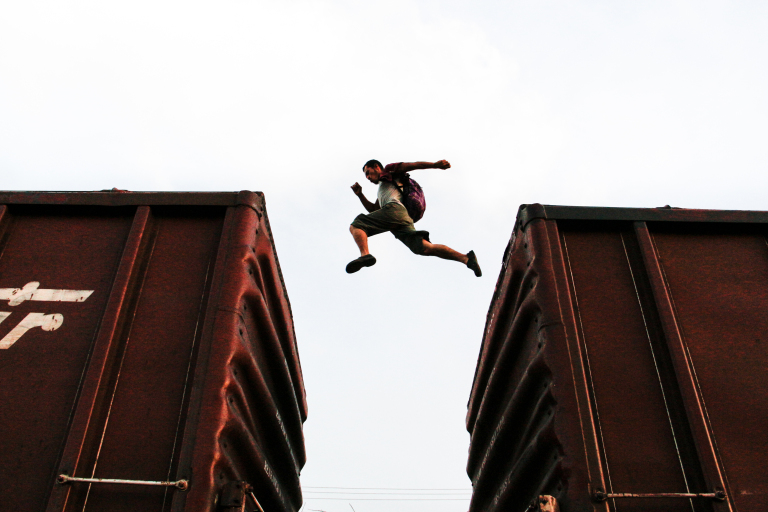
(Photo: La 72-Hogar Refugio para Migrantes)
The Shelter
At the end of May, I took a bus down to the border with Guatemala to work at a shelter there. La 72 is a refuge set up to help those who have just crossed the border and are waiting for La Bestia to pass by. It is an incredible place. Walking through it, you would never believe that its inhabitants are going through such traumatic experiences. There are always people joking around and bonding, kids running underfoot and good natured voices everywhere.
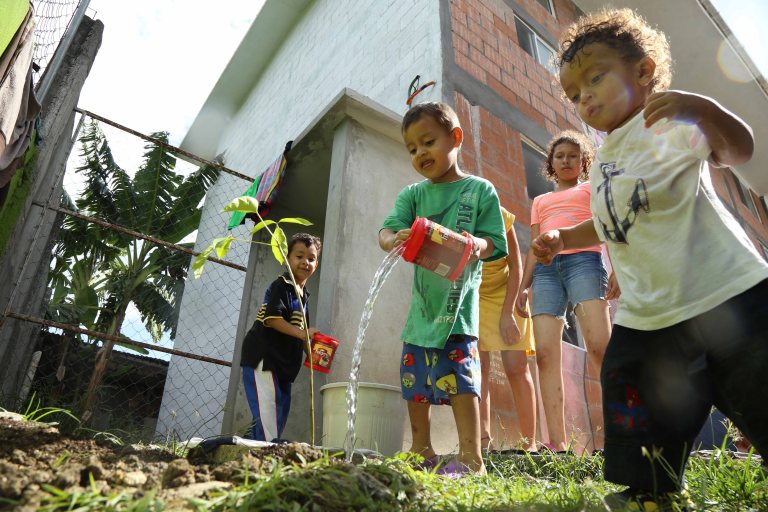
(Photo: La 72-Hogar Refugio para Migrantes)
Registration
Dozens arrive every day in various states, usually hungry and thirsty. They avoid the border patrols by hiking across mountainous parts of the border or by undertaking risky journeys across rivers, clinging to little dinghies or even car tires. One of the tasks that I carry out here at the shelter is initial registration. This begins with an introduction to the house and its rules:
“Welcome to La 72! We have only three rules here:
1. No violence – neither verbal, nor physical; whether against men, women, minors or people of diverse sexual preferences.
2. No business – all our services are completely free and you can stay here as long as you need. No one within these walls is permitted to sell anything, including their services as a guide… [this part is to avoid ‘coyotes’, people-smugglers]
3. No alcohol or drugs – and you cannot enter under the influence of either
This house and the street outside are in a safe zone. Neither La Migra [Immigration] nor the police can arrest migrants here. For security, our gates are always manned and only open 9am-1pm and 2.30-6pm. The only exception is when the train approaches… the guards always keep watch and when they hear the train approaching they will shout “¡EL TREN!” or “¡LA BESTIA!”. Whether at 2pm or 2am, they will open the gates and give you enough time to run to the tracks and try to jump on the train.
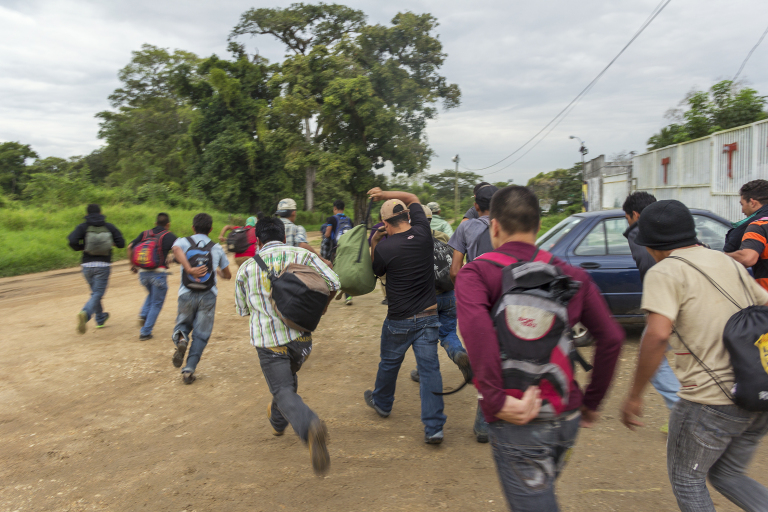
(Photo: La 72-Hogar Refugio para Migrantes)
For those of you who have suffered assault or robbery along your route, I strongly encourage you to talk to our lawyers. We also have lawyers who are experts in immigration and can help you to apply for refugee status or obtain work papers.
Here inside the house we have a range of services. In the Communication Room, you can use 15mins of internet every day to contact friends/family and receive calls. The Infirmary is to the left in the green building, where we can help with minor problems – clean minor wounds, help with blisters etc. That red building there houses Doctors Without Borders, who are on hand to help with more serious problems.
We have four dormitory buildings – men, women, unaccompanied minors and LGBT – and you may only enter into your respective building. Inside are facilities for showering or washing clothes. Here, next to the main common area, we provide three free meals per day.
That’s all! Now let’s begin with the registration. All the questions we have are completely confidential – we don’t share any information with La Migra or the police.”
I begin by asking a few questions about basic personal information. Then onto the more detailed questions about their travels. Before this part, I often tell them that Spanish isn’t my first language and beg that they take mercy on me… “Please speak a little slower than normal!”
“Why did you leave Honduras / El Salvador?”
This question is usually the most emotional part of the interview. Most – by only a sliver – are leaving for economic reasons. Central America is a poor region and these two countries are the worst amongst them. One phrase I heard a lot was “Quiero sacar mi familia adelante,” which roughly translates to wanting to improve the lot of their family (by getting a job overseas and sending money back, or one day bringing them to Mexico/the US).
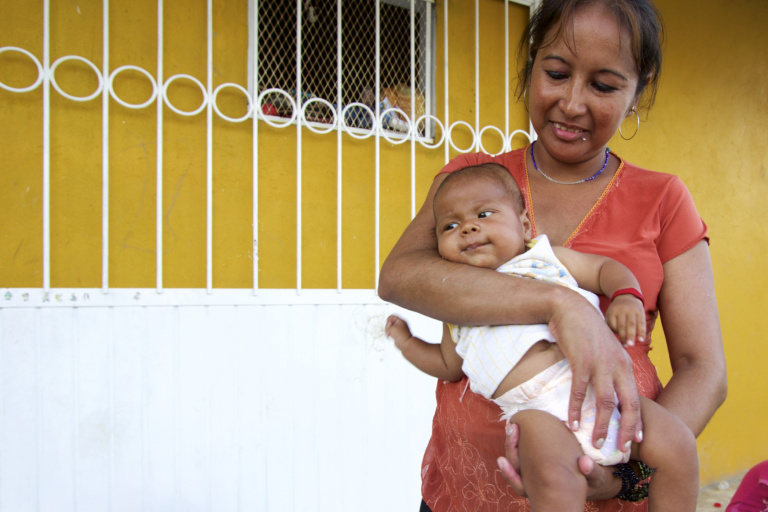
(Photo: La 72-Hogar Refugio para Migrantes)
The rest tend to be fleeing extreme violence. Sometimes it’s violent ex-partners, sometimes common criminals. But usually it’s gang crime, often one specific gang called MS-13 (La Mara Salvatrucha).
This may sound like a superior Western perspective, but what struck me about all the stories was how cheap they made life feel. In many cases, the root cause of the violence was something utterly inconsequential and the violence itself always sudden. One young man told me that he had been planning his wedding to his girlfriend when some local MS-13 guys took a liking to her. Their response to finding out she was due to marry him? They went to his house one night and burnt it to the ground. He survived and fled immediately, leaving his possessions behind in the rubble. His wedding was supposed to take place just a few days after I met him.
A common story I heard a few times was from young men, aged 16-21yrs old. They had been approached by a local gang and told to sell drugs for them. They refused to do so but knew how the gangs treated refusals. They immediately fled their families, their homes, their entire lives. How credible must that unspoken threat of violence have been?
“Have you suffered abuse along the way?”
Usually the answer to this was no. Probing a little deeper, I always ask “Even extortion by the police?” The answer often changes to a yes, perhaps with an addition of “Haha sure, but that’s normal!” Corruption at the Guatemalan border seems to be near standard, with a 100 quetzal ($10) charge being the norm.
More concerning are the assaults. Robberies, shootings, beatings, batons, cattle-prods… Lucky migrants arrive with a small backpack of belongings. The unlucky ones arrive with nothing. Sometimes even without shoes or a t-shirt. The stories of assaults were appalling and were just as often committed by police as common criminals.
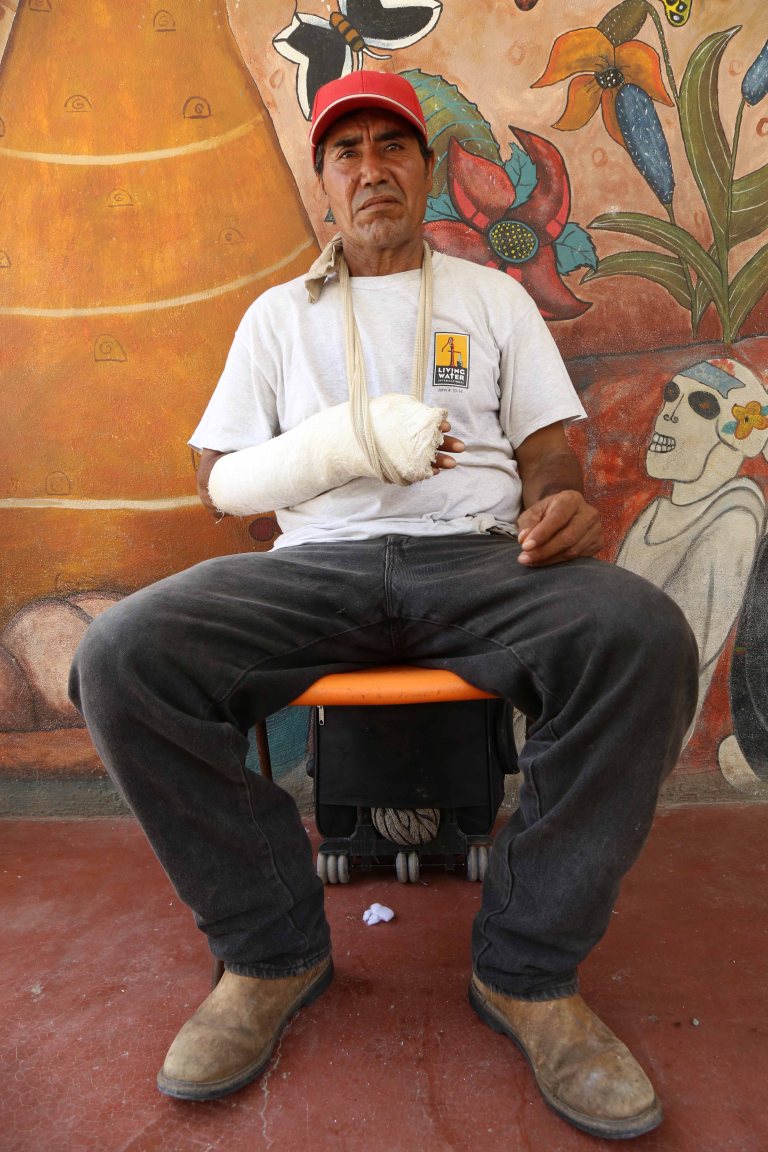
(Photo: La 72-Hogar Refugio para Migrantes)
The shelter itself is named for 72 immigrants who were stopped by the Las Zetas cartel in 2010 and ordered to work for them. They refused. Each one was executed and they were thrown together into a mass grave.
Probably the most traumatic story I heard during the registrations was from a young Guatemalan artisan. In a strange coincidence, some years ago I visited his town in Honduras and I think I may have even seen his work for sale by the beach. After hiking across the border by night, alone, he began walking along a Mexican highway when he spotted headlights approaching in the distance. He jumped off the highway, crouched down and hid amongst the trees and bushes. Two big vehicles stopped and men in uniform jumped down. Standing by the road, they looked into the trees, trying to catch a glimpse of him. It was dark and they couldn’t see him. They pulled out their weapons and began firing wildly into the trees. He dropped his backpack and ran.
“How many times have you attempted this journey? How many times have you been deported?”
More than once, I have been told “I’ve lost count.”
People attempt this journey again and again. The record in my registrations was six and six – six attempts and six deportations. Facing robberies, violence and hunger every step of each journey. I think this brings to life for me the desperation of the people in these countries, more than anything else. To endure such hardship and terror, again and again and again, just to avoid staying in their home countries. I have never felt desperation like that – I clearly don’t even understand the true meaning of the word. In quasi-failing states such as these, crime is rife. The manual labour that most of the population depends on pays enough for food and leaves nothing spare to insulate them from illnesses or other shocks, let alone support other family members.
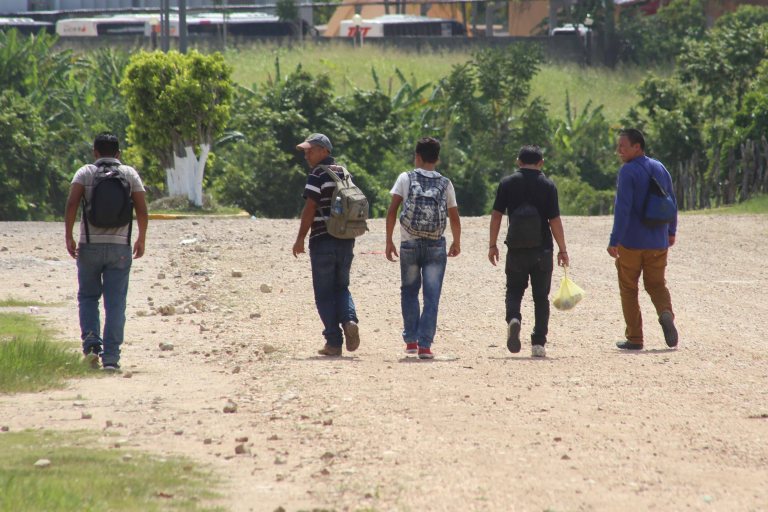
(Photo: La 72-Hogar Refugio para Migrantes)
“Where are you headed?”
The majority are heading to somewhere in Mexico, some to the US. Most have a specific location in mind, where they already have friends or family. From where we are, the jump on trains head north. And when I say ‘jump on’, that’s really not just a turn of phrase.
This train is, in some ways, a great opportunity. There is a network of freight trains all the way from the Guatemalan border in the south to the US border in the north. However, it also poses a number of dangers:
Falling off: a very real danger, especially when asleep…
Hunger: There are not many places to buy food on top of a train.
Exposure: Sun, heat, rain, cold…
La Migra: When immigration swoop, it’s pretty easy to find the migrants when they’re all huddled together on top of a train or waiting near a station to jump on a train
Cartels: For the same reason, it’s pretty easy for them to target vulnerable migrants when they choose to do so
DERAILMENT: Top-heavy trains laden with migrants are dangerous when combined with dangerous drivers not slowing down for curves
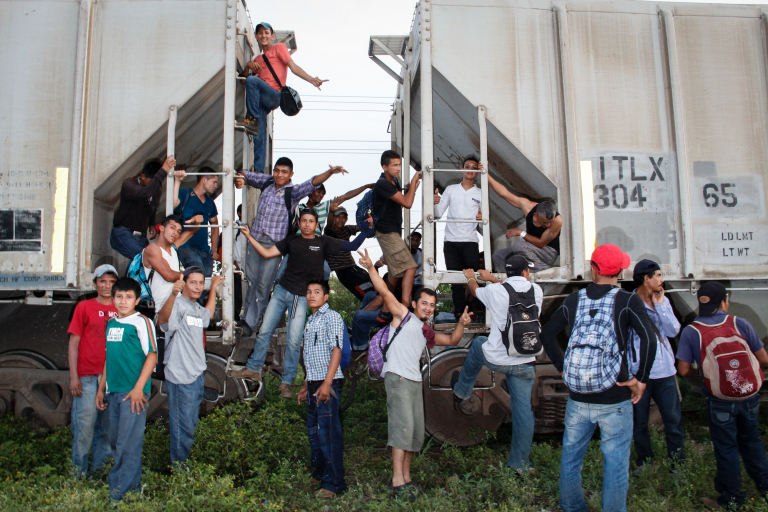
(Photo: La 72-Hogar Refugio para Migrantes)
At the moment, the charity needs money to help a community of 500 Guatemalans trapped in a no-man’s land on the border. The army in Guatemala evicted them and set fire to their village, but the Mexican authorities have yet to let them in – as they are bound to do by international and local law on refugees. We bring them basic supplies – any money goes a long way. If you can spare some change, here’s the link to donate to La 72’s website. You can pay via PayPal.
About The Author
Neeraj Saksena Mashru lives in the United Kingdom, where he is a management consultant who works on projects for the UK government. Outside of this job, he spends a great deal of his free time exploring Latino culture. He has spent the last seven months travelling through Central America, experiencing the beauty and vibrancy of these countries while also witnessing the suffering caused by drug trafficking, corruption and political instability. This post is about his experiences at 'La 72', a shelter for Central American immigrants and refugees who have crossed the border into Mexico.